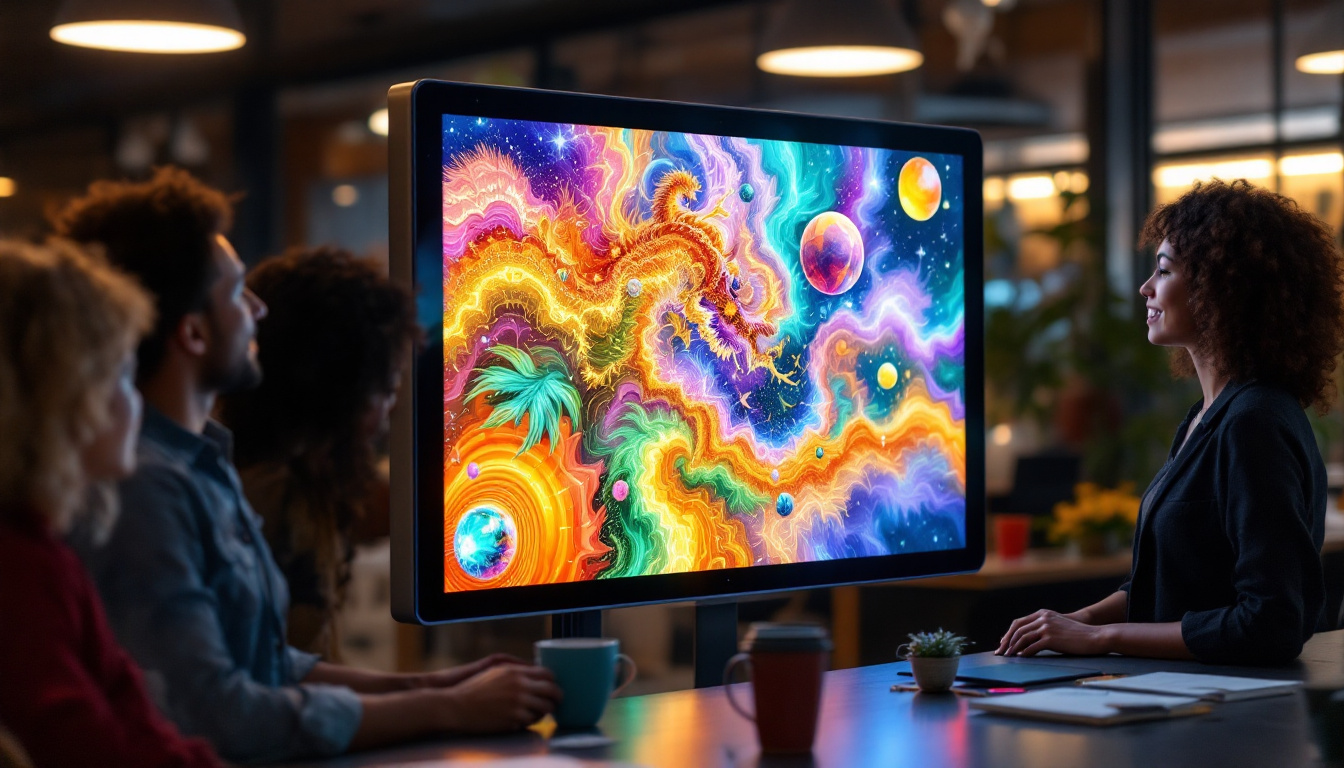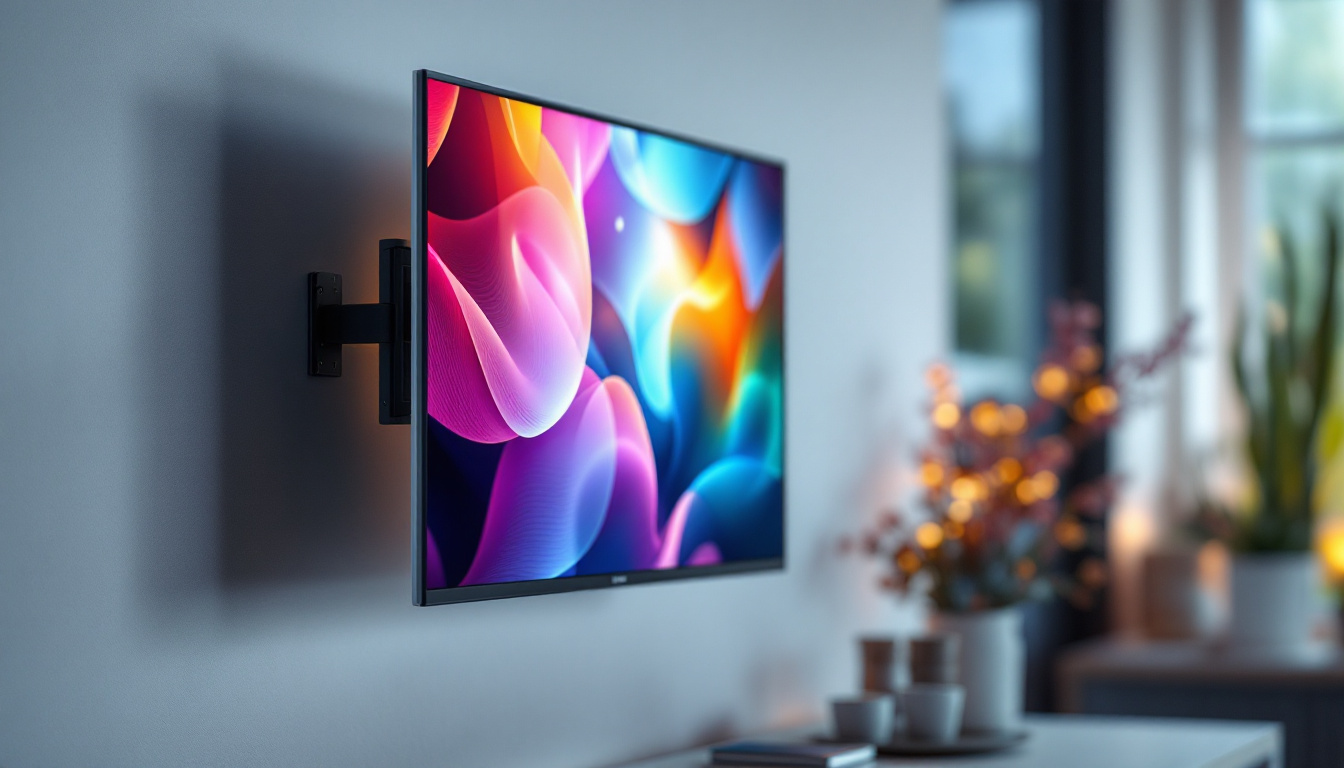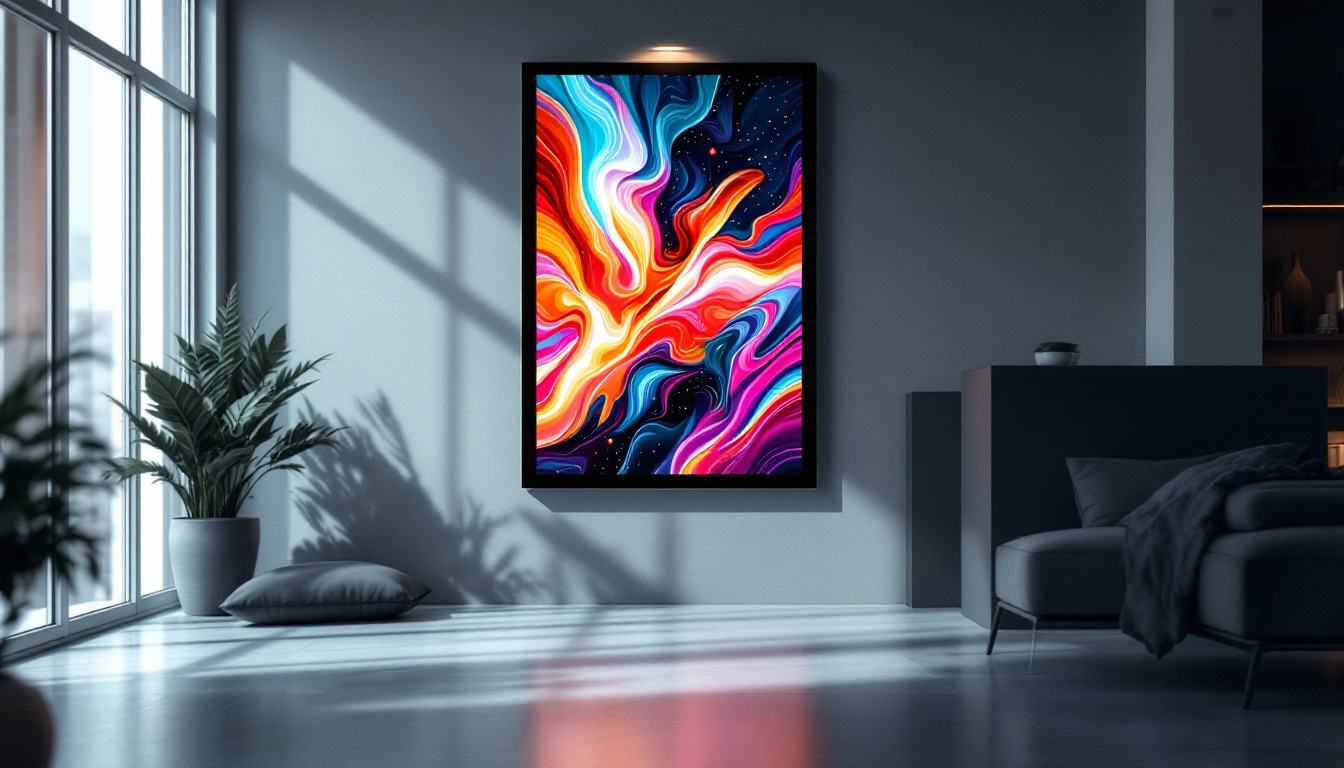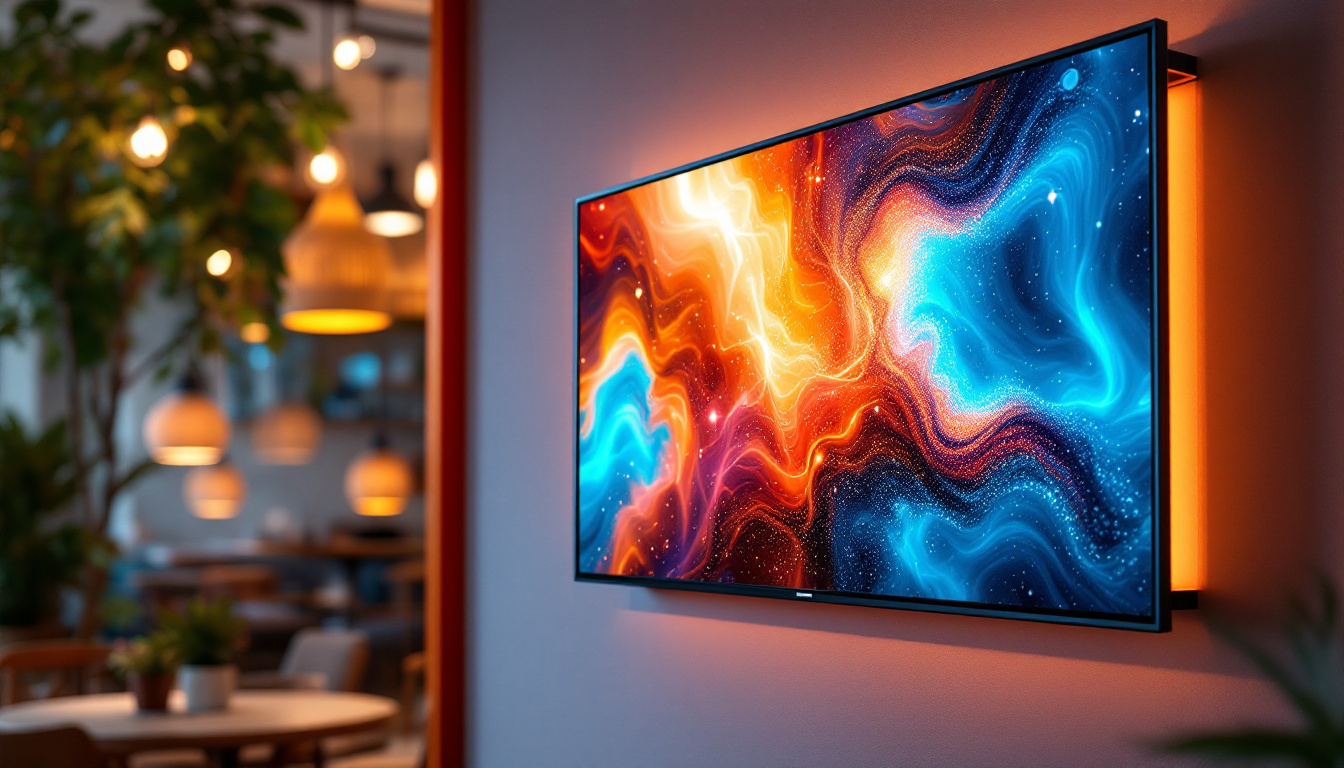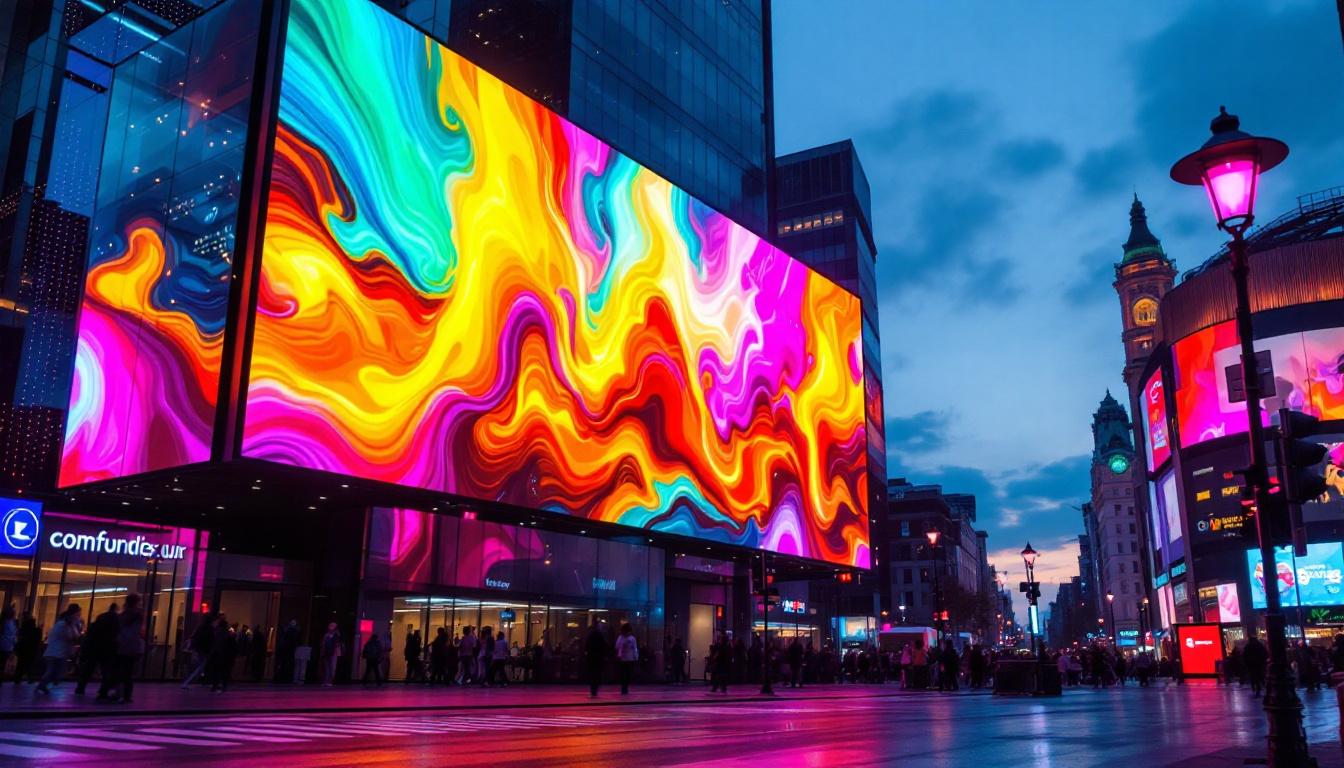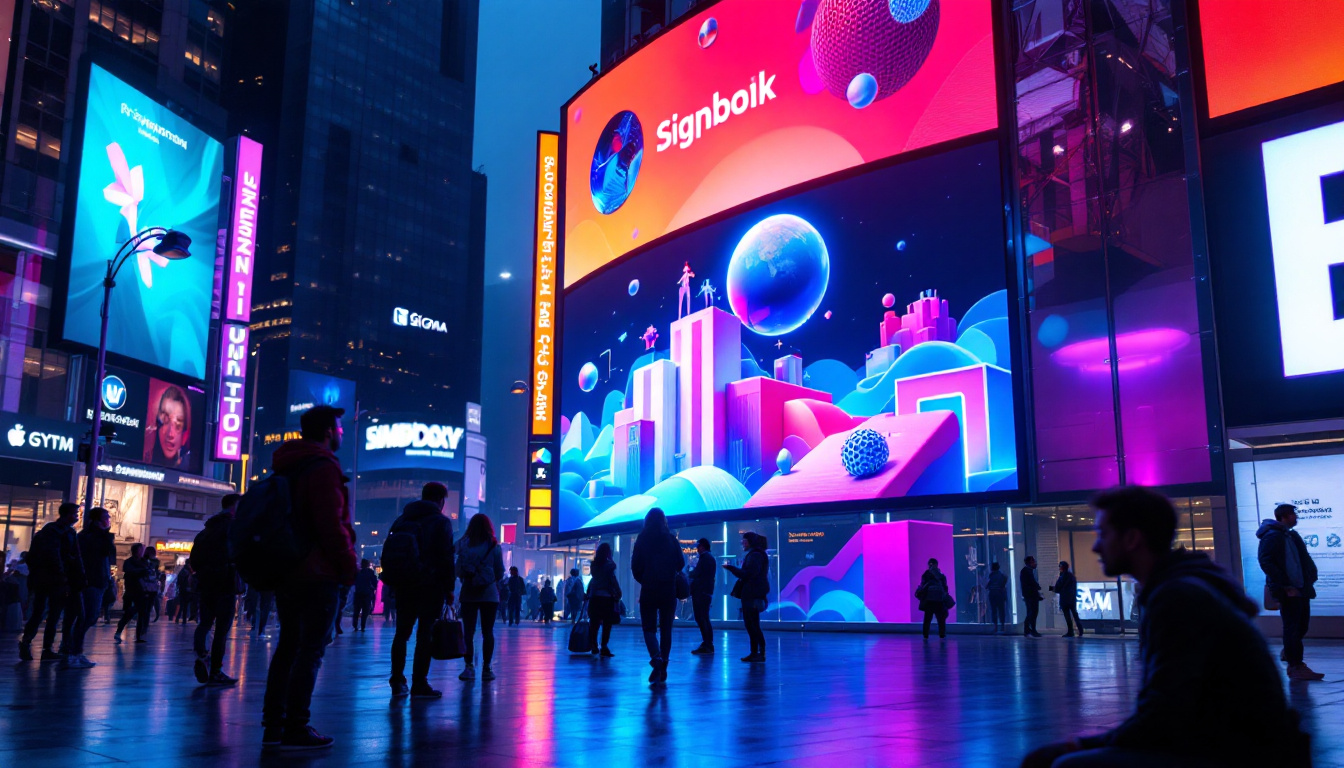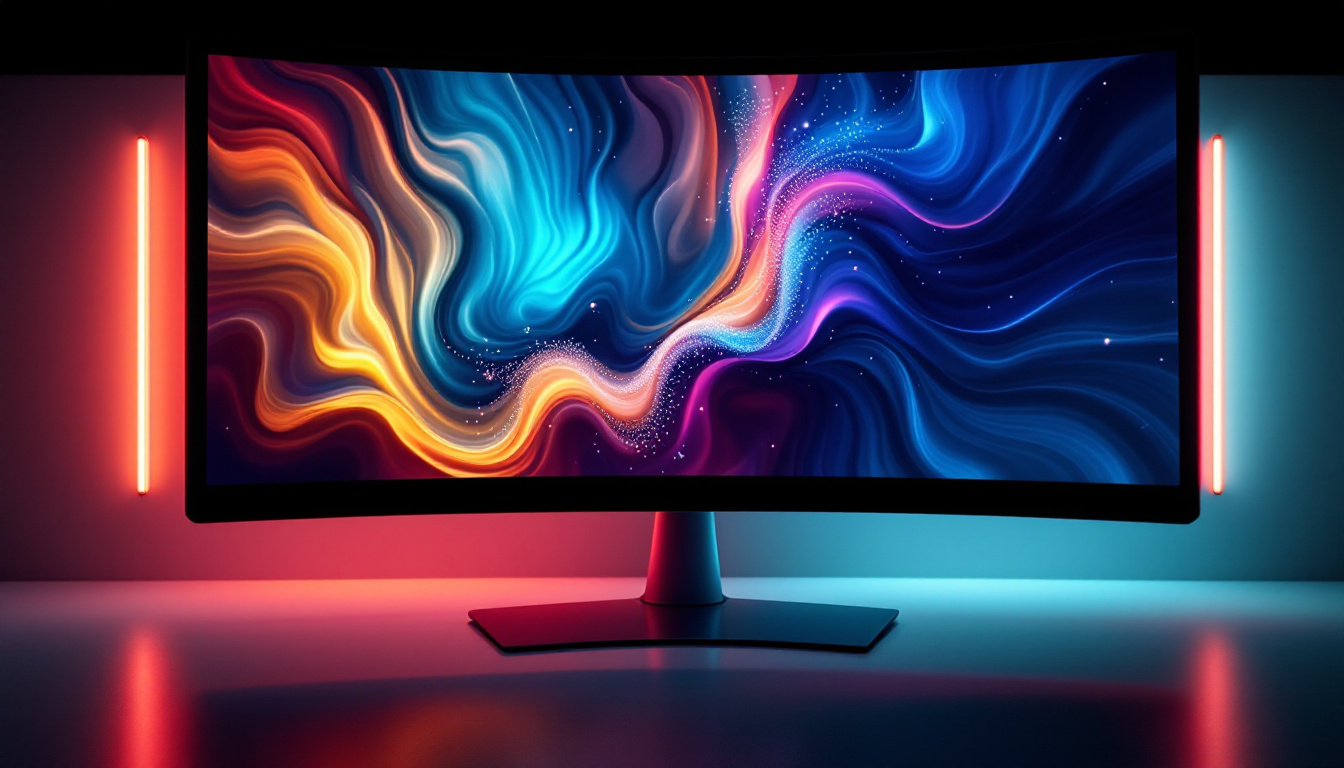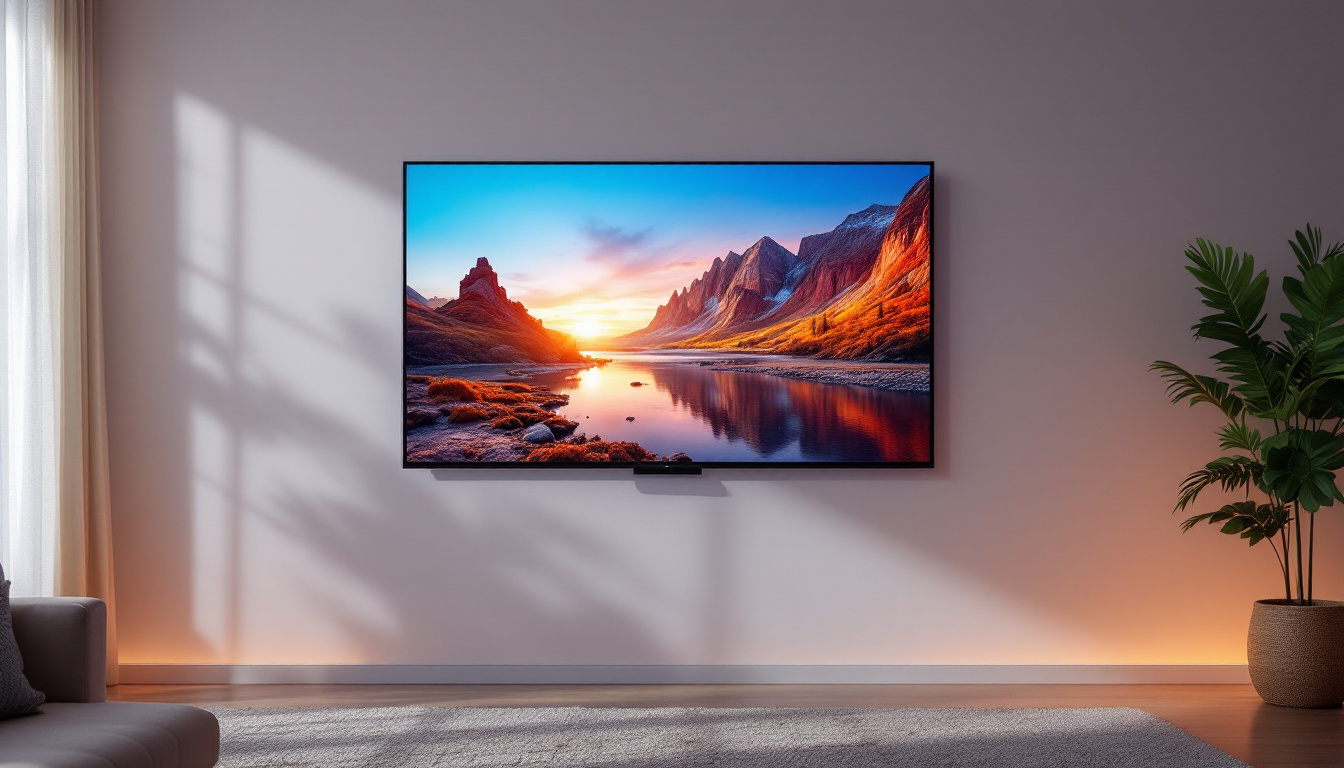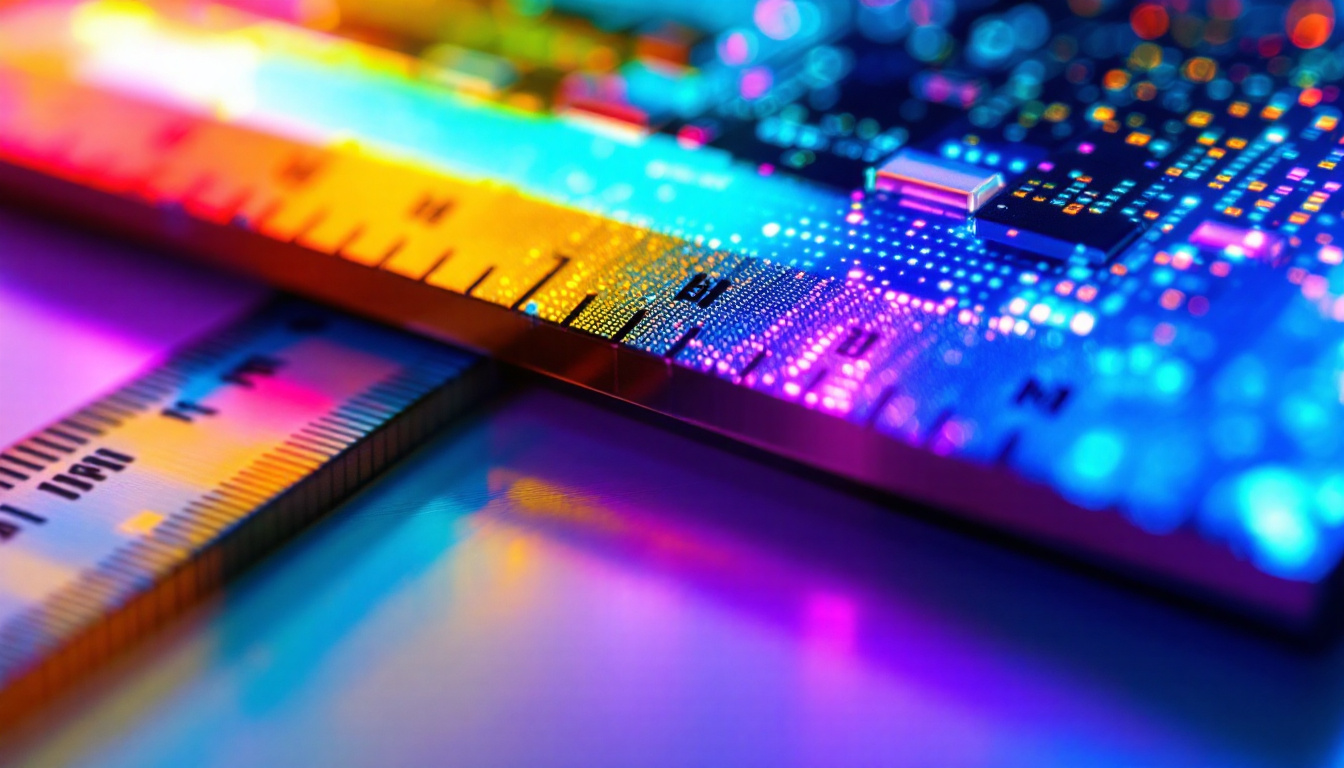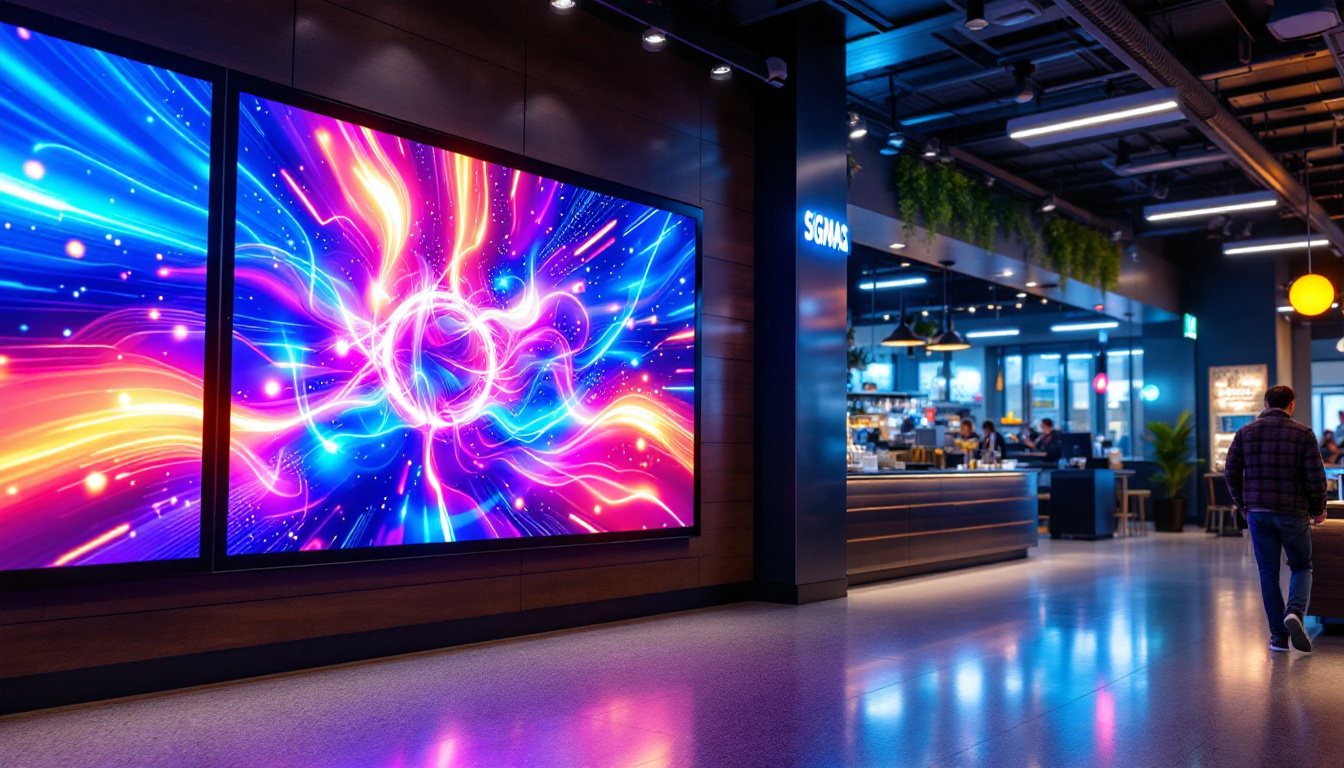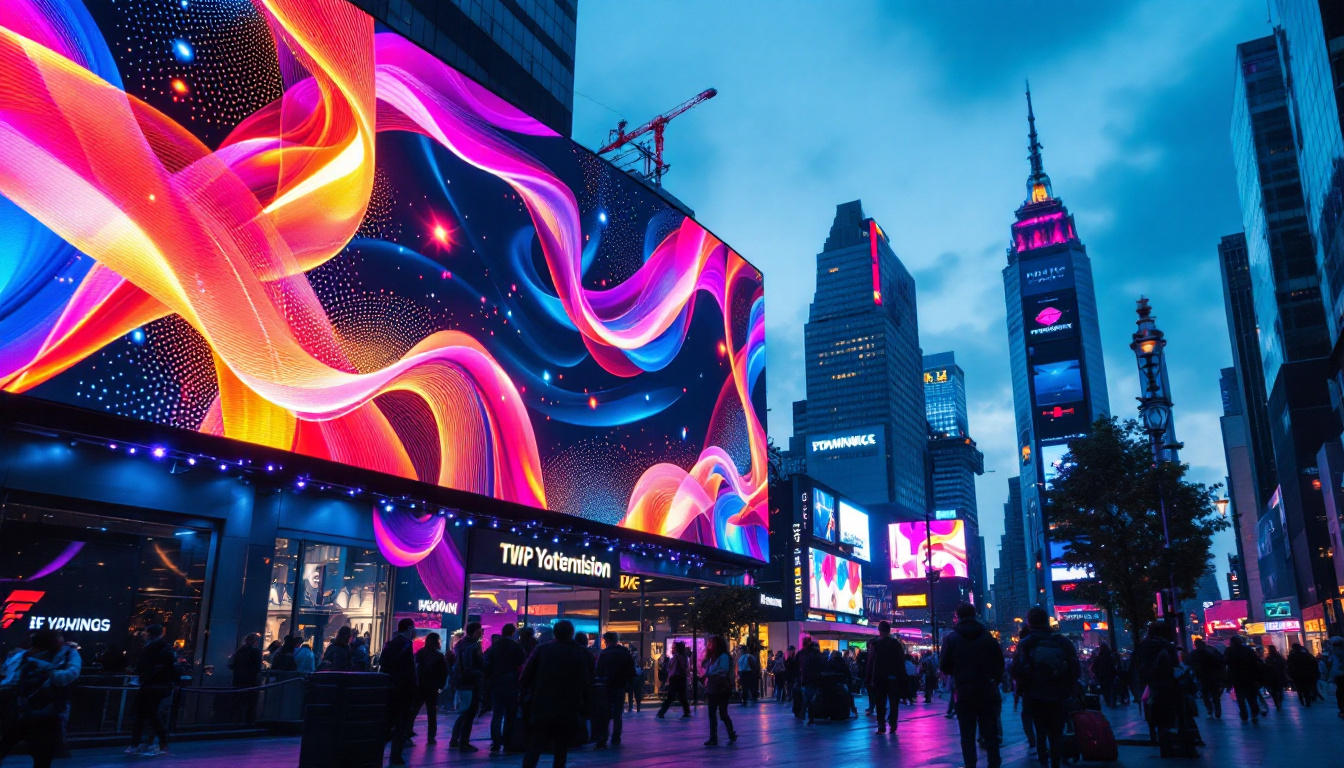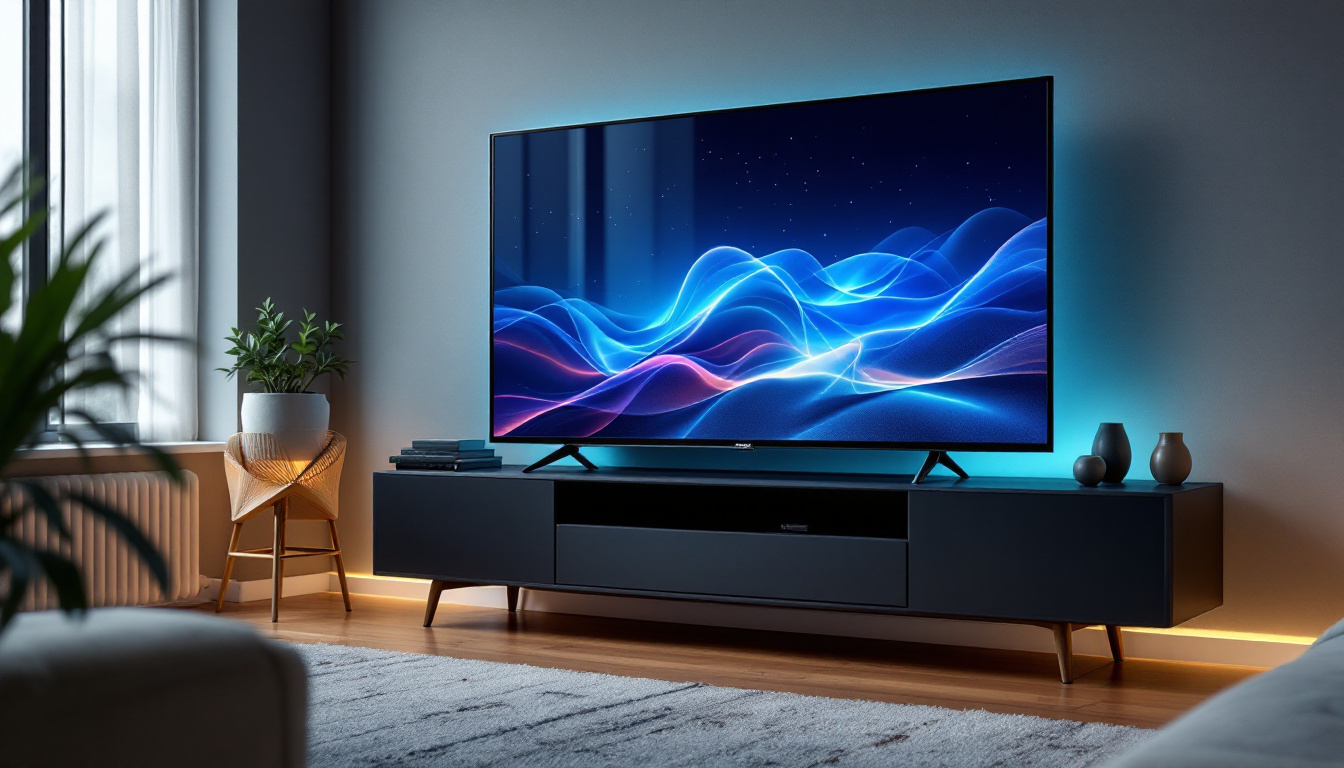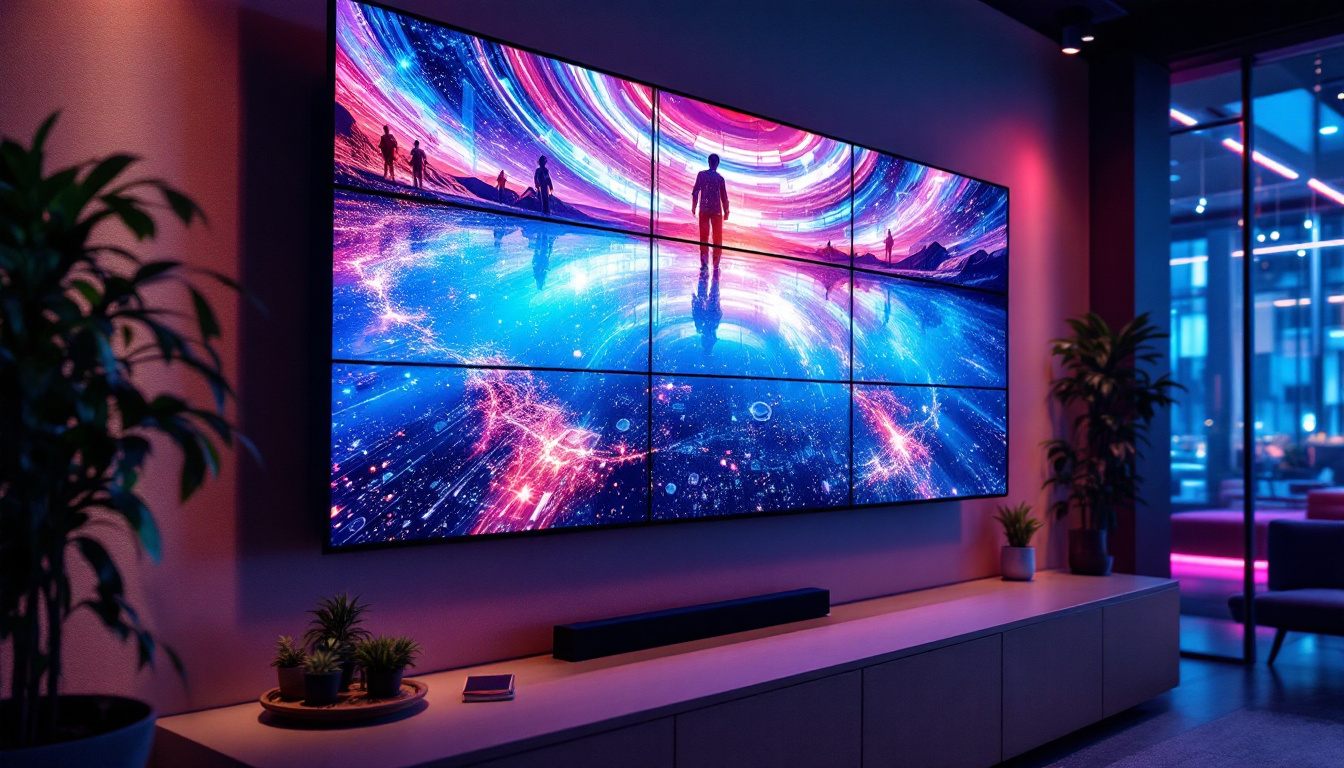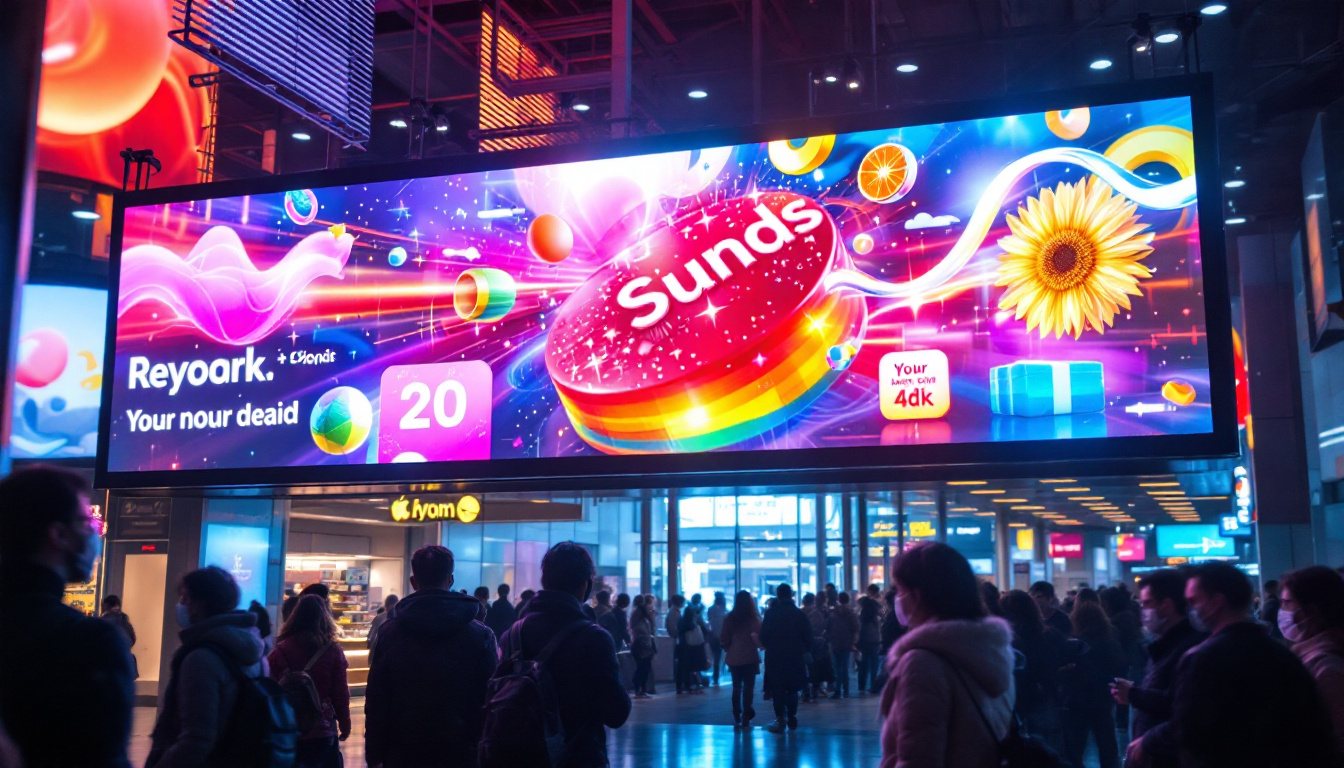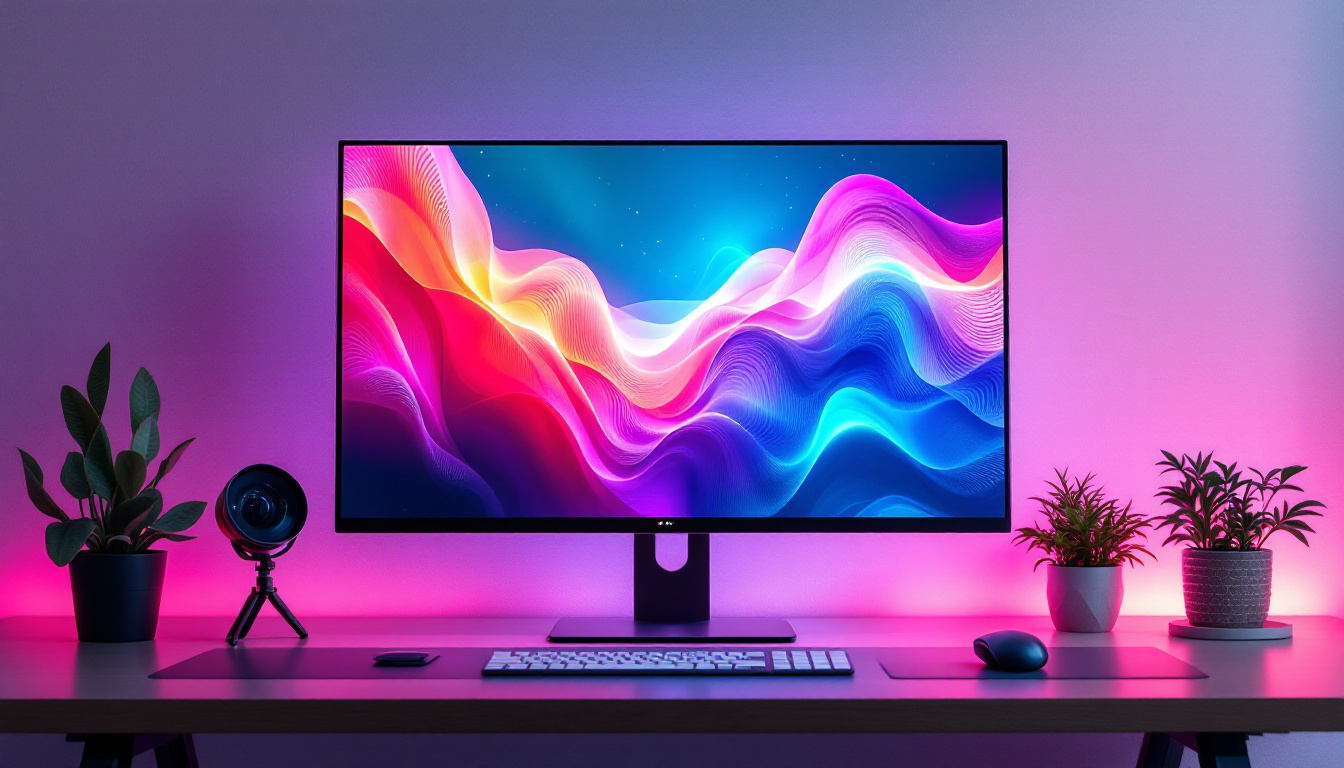The evolution of display technology has brought forth remarkable innovations, one of the most captivating being the transparent touch screen display. This cutting-edge technology merges functionality with aesthetics, creating a unique user experience that is both interactive and visually appealing. As industries continue to explore the potential of transparent displays, understanding how they work and their applications becomes essential.
What is a Transparent Touch Screen Display?
A transparent touch screen display is a type of display technology that allows users to see through the screen while still interacting with it. This is achieved through the use of advanced LED and LCD technologies that enable the display to maintain transparency without sacrificing image quality. The result is a screen that can overlay digital information onto the physical world, enhancing user interaction and engagement. These displays are not only visually striking but also open up new avenues for creativity and functionality in various applications, from retail environments to interactive art installations.
How Does It Work?
The core functionality of a transparent touch screen display lies in its ability to combine light transmission with image projection. The display panel is designed to allow light to pass through while simultaneously emitting light to create images. This is typically accomplished using transparent OLED (Organic Light Emitting Diode) technology, which enables each pixel to emit its own light, eliminating the need for a backlight. This innovative approach not only enhances the clarity of the displayed images but also contributes to energy efficiency, making these displays a sustainable choice for modern technology.
In addition to the display technology, touch sensitivity is integrated into the screen, allowing users to interact with the display through touch gestures. This is often achieved using capacitive touch technology, which detects changes in electrical fields when a finger approaches the screen. The combination of transparency and touch capability opens up a myriad of possibilities for applications across various industries. For instance, in retail, transparent displays can be used to showcase products while providing customers with interactive information, creating a more engaging shopping experience.
Key Components of Transparent Displays
Transparent touch screen displays consist of several key components that work together to create an immersive experience. These include:
- Display Panel: The heart of the technology, responsible for rendering images and video.
- Touch Sensors: Embedded sensors that detect touch input and translate it into commands.
- Control System: The software and hardware that manage the display’s operation and user interactions.
Each component plays a vital role in ensuring the display functions seamlessly, providing users with an intuitive interface that bridges the gap between the digital and physical worlds. Furthermore, the integration of advanced processing units allows for real-time data analysis and interaction, enabling features such as gesture recognition and multi-touch capabilities. This level of sophistication not only enhances user experience but also paves the way for future innovations in augmented reality and interactive environments.
As the technology continues to evolve, we can expect to see transparent touch screen displays being utilized in even more creative ways. For example, in automotive design, these displays could transform windshields into interactive dashboards, providing drivers with essential information without obstructing their view of the road. Similarly, in architecture, transparent displays can be incorporated into windows, allowing buildings to seamlessly blend digital content with their surroundings, creating dynamic and engaging environments that respond to the needs of their occupants.
Applications of Transparent Touch Screen Displays
The versatility of transparent touch screen displays has led to their adoption across various sectors. From retail to education, these displays are transforming how information is presented and interacted with.
Retail and Advertising
In the retail sector, transparent touch screen displays are revolutionizing the shopping experience. Retailers can use these displays in store windows to showcase products while allowing customers to interact with the content. This not only attracts attention but also provides valuable information about the products, enhancing customer engagement.
Moreover, advertising agencies are leveraging transparent displays to create captivating advertisements that blend seamlessly with their surroundings. The ability to overlay digital content onto real-world environments provides a unique platform for storytelling and brand promotion. For instance, a fashion retailer might display a virtual runway show directly in their storefront, allowing passersby to swipe through different outfits and even visualize how they would look on themselves using augmented reality features.
Education and Training
In educational settings, transparent touch screen displays are being utilized to create interactive learning environments. These displays can be integrated into classrooms, allowing educators to present information in a visually engaging manner while encouraging student participation through touch interactions.
Additionally, in training scenarios, transparent displays can simulate real-world situations, providing trainees with hands-on experience without the need for physical equipment. This immersive approach enhances learning outcomes and retention of information. For example, medical students can practice surgical procedures on a transparent display that overlays anatomical structures, allowing them to visualize and interact with 3D models while receiving real-time feedback from their instructors.
Architecture and Design
Architects and designers are also exploring the potential of transparent touch screen displays in their projects. These displays can be incorporated into building designs, allowing for interactive presentations of architectural plans and designs. Clients can visualize projects in real-time, making adjustments and decisions more effectively.
Furthermore, in smart homes, transparent displays can be integrated into windows and walls, providing homeowners with control over their environment while maintaining aesthetic appeal. This integration of technology into everyday life exemplifies the future of design and functionality. Imagine a living room where the glass walls can display calming nature scenes or provide real-time information about the weather, all while allowing natural light to flood the space. This not only enhances the ambiance but also promotes a seamless blend of digital and physical worlds, making living spaces more dynamic and responsive to the needs of the inhabitants.
Advantages of Transparent Touch Screen Displays
The adoption of transparent touch screen displays offers numerous advantages that make them an attractive option for various applications.
Enhanced User Experience
One of the most significant benefits of transparent displays is the enhanced user experience they provide. By allowing users to see through the screen, these displays create a sense of immersion that traditional screens cannot achieve. Users can interact with digital content while still being aware of their physical surroundings, making the experience more intuitive and engaging.
Space Efficiency
Transparent touch screen displays are also space-efficient, as they can be integrated into existing environments without requiring additional space. This is particularly beneficial in urban settings where space is at a premium. By utilizing transparent displays, businesses can maximize their available space while still delivering impactful content.
Innovative Design Opportunities
The unique nature of transparent displays opens up new avenues for design and creativity. Designers can experiment with various applications, from interactive art installations to futuristic retail environments. This flexibility allows for innovative solutions that can set brands apart in competitive markets.
Challenges and Considerations
Despite their numerous advantages, transparent touch screen displays also come with challenges that need to be addressed for widespread adoption.
Cost and Accessibility
One of the primary challenges is the cost associated with manufacturing transparent displays. The technology is still relatively new, and the production processes can be expensive. As a result, these displays may not be accessible to all businesses, particularly smaller enterprises with limited budgets.
Image Quality and Visibility
Another consideration is the image quality and visibility of transparent displays under various lighting conditions. While advancements have been made in this area, ensuring that images remain clear and vibrant in bright environments can be a challenge. Manufacturers must continue to innovate to enhance the performance of these displays.
Durability and Maintenance
Durability is also a concern, as transparent displays may be more susceptible to damage compared to traditional screens. Ensuring that these displays can withstand daily use and environmental factors is crucial for their longevity and reliability. Regular maintenance and protective measures may be necessary to keep them functioning optimally.
The Future of Transparent Touch Screen Displays
The future of transparent touch screen displays looks promising, with ongoing research and development aimed at overcoming current challenges. As technology continues to advance, it is expected that the cost of production will decrease, making these displays more accessible to a broader range of industries.
Integration with Augmented Reality
One of the most exciting prospects for transparent displays is their integration with augmented reality (AR) technology. By combining transparent displays with AR, users could interact with digital content in a more immersive way, enhancing applications in gaming, training, and education.
This integration could lead to the development of new applications that blur the lines between the physical and digital worlds, creating experiences that are not only interactive but also deeply engaging.
Environmental Impact and Sustainability
As the world becomes increasingly aware of environmental issues, the development of sustainable transparent display technologies will be crucial. Manufacturers are exploring eco-friendly materials and energy-efficient production methods to minimize the environmental impact of these displays.
By prioritizing sustainability, the industry can contribute to a greener future while still pushing the boundaries of technology.
Conclusion
Transparent touch screen displays represent a significant leap forward in display technology, offering unique opportunities for interaction and engagement across various sectors. While challenges remain, ongoing advancements in technology and design are paving the way for broader adoption and innovative applications.
As industries continue to explore the potential of transparent displays, it is clear that they will play a pivotal role in shaping the future of user interaction. By combining functionality with aesthetic appeal, transparent touch screen displays are set to redefine how we engage with the digital world.
Discover the Future of Visual Engagement with LumenMatrix
Ready to elevate your brand’s visual impact and engage with your audience like never before? LumenMatrix is at the forefront of LED display innovation, offering a wide array of solutions from Indoor and Outdoor LED Wall Displays to specialized options like Vehicle, Sports, and Floor LED Displays. Our mission is to transform your visual communication, ensuring your message resonates with clarity and dynamism. Don’t miss the opportunity to create unforgettable experiences with our Transparent Touch Screen Displays. Check out LumenMatrix LED Display Solutions today and step into the future of interactive digital signage.



